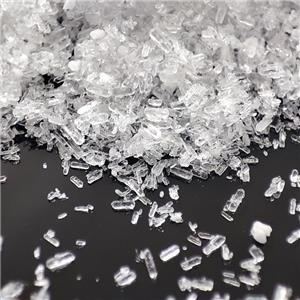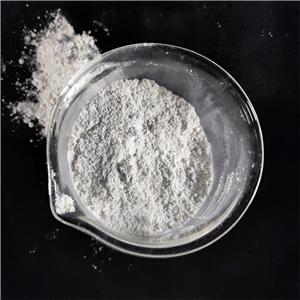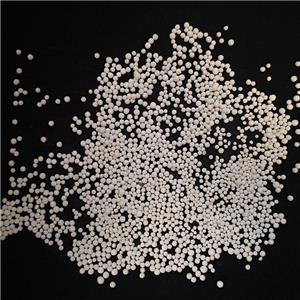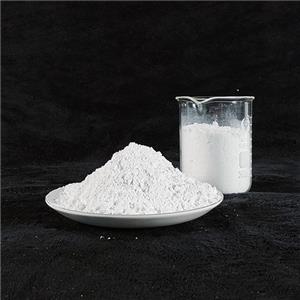The Role of Magnesium Hydroxide in Wastewater Treatment
Wastewater treatment is a critical process for maintaining public health and environmental sustainability. As industrial and municipal wastewater often contains harmful pollutants, effective treatment methods are essential to remove contaminants before the water is discharged back into the environment or reused. Among the various chemicals used in wastewater treatment, magnesium hydroxide (Mg(OH)₂) has gained attention for its versatility and effectiveness. This paper explores the uses of magnesium hydroxide in wastewater treatment, focusing on its role in pH adjustment, heavy metal removal, odor control, and sludge conditioning.
1. pH Adjustment
1.1 Importance of pH Control in Wastewater Treatment
pH control is a fundamental aspect of wastewater treatment. The pH level of wastewater can significantly influence the efficiency of various treatment processes, including chemical precipitation, biological treatment, and disinfection. Most biological treatment processes, for instance, require a pH range of 6.5 to 8.5 to ensure optimal microbial activity. Deviations from this range can inhibit microbial growth, reduce treatment efficiency, and lead to the release of poorly treated effluent.
1.2 Magnesium Hydroxide as a pH Adjuster
Magnesium hydroxide is an effective alkaline agent used to raise the pH of acidic wastewater. Unlike other alkaline chemicals such as lime (calcium hydroxide) or caustic soda (sodium hydroxide), magnesium hydroxide offers several advantages:
Gentle pH Adjustment: Magnesium hydroxide dissolves slowly in water, providing a more controlled and gradual increase in pH. This reduces the risk of over-neutralization, which can occur with more aggressive alkalis like caustic soda.
Buffering Capacity: Magnesium hydroxide has a natural buffering effect, helping to maintain a stable pH level over time. This is particularly beneficial in systems where pH fluctuations are common.
Safety and Handling: Magnesium hydroxide is less corrosive and safer to handle compared to caustic soda, reducing the risk of accidents and equipment damage.
1.3 Applications in Industrial Wastewater
In industrial wastewater treatment, magnesium hydroxide is often used to neutralize acidic effluents from industries such as mining, metal finishing, and chemical manufacturing. For example, in the mining industry, acidic wastewater containing high concentrations of sulfuric acid can be effectively neutralized using magnesium hydroxide, preventing environmental damage and complying with regulatory standards.
2. Heavy Metal Removal
2.1 The Problem of Heavy Metals in Wastewater
Heavy metals such as lead, cadmium, mercury, and chromium are toxic pollutants commonly found in industrial wastewater. These metals can accumulate in the environment, posing serious risks to human health and aquatic life. Effective removal of heavy metals is therefore a critical component of wastewater treatment.
2.2 Mechanism of Heavy Metal Removal by Magnesium Hydroxide
Magnesium hydroxide plays a key role in the removal of heavy metals through a process known as chemical precipitation. When magnesium hydroxide is added to wastewater, it dissociates to release hydroxide ions (OH⁻), which react with heavy metal ions to form insoluble metal hydroxides. These precipitates can then be removed from the water through sedimentation or filtration.
2.3 Advantages Over Other Precipitants
Compared to other precipitants such as lime or sodium hydroxide, magnesium hydroxide offers several advantages in heavy metal removal:
Selective Precipitation: Magnesium hydroxide can selectively precipitate certain heavy metals at specific pH levels, allowing for more targeted treatment.
Reduced Sludge Volume: The use of magnesium hydroxide often results in denser, more easily dewaterable sludge, reducing the volume of waste generated.
Improved Settling Characteristics: The precipitates formed with magnesium hydroxide tend to have better settling properties, enhancing the efficiency of solid-liquid separation processes.
2.4 Case Studies
Several case studies have demonstrated the effectiveness of magnesium hydroxide in heavy metal removal. For instance, in a wastewater treatment plant handling electroplating effluent, the use of magnesium hydroxide resulted in a 95% reduction in chromium levels, meeting discharge standards and reducing environmental impact.




